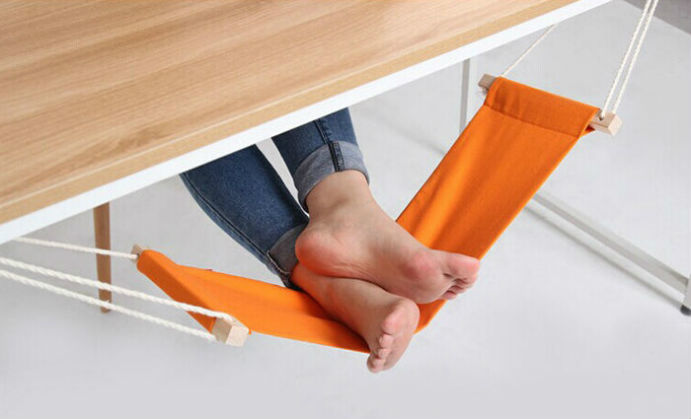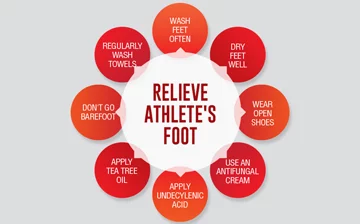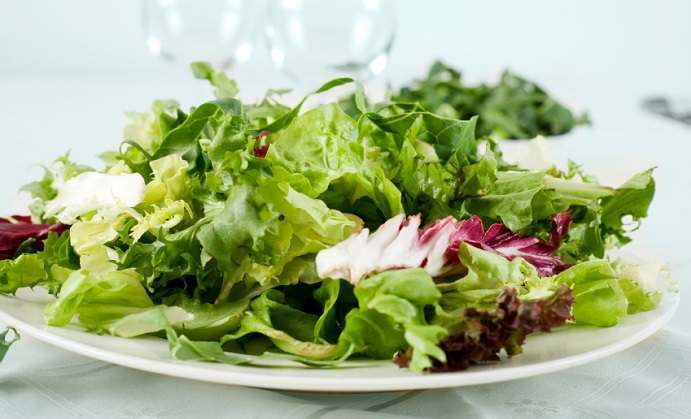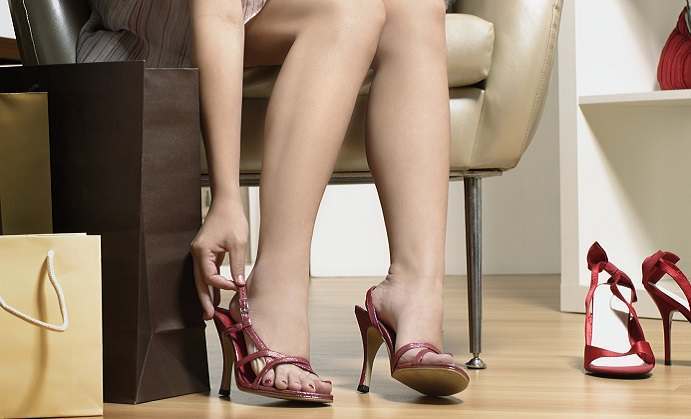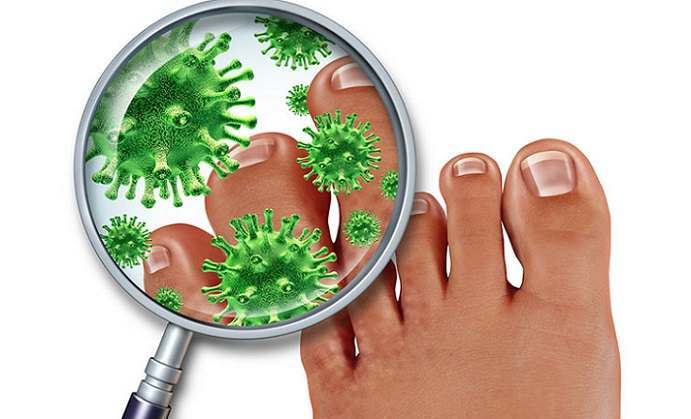Overview
Tinea pedis is commonly known as athlete’s foot. This condition is among the common types of fungi that affect the feet. The fungi that cause athlete’s foot thrive in moist, sweaty, and unclean feet. On the other hand, foot blisters can appear because of excessive friction between some parts of the foot and the shoes you wear. Persons who are unaccustomed to a certain physical activity are usually prone to blisters. Both blisters and tinea pedis may be painful and unpleasant. People suffering from either condition can take some treatment measures. This article describes the necessary treatment measures for both conditions.
How to Cure Tinea Pedis
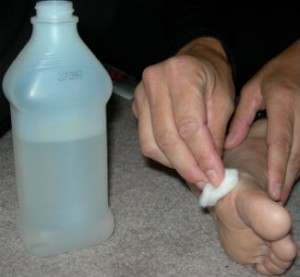 You can take a number of steps to cure tinea pedis. First, wash the infected feet and spray some rubbing alcohol on them. Dry your feet with a dry towel or leave them to air-dry. Rubbing alcohol plays a major role in dissolving water and preventing the fungi that cause athlete’s foot from spreading.
You can take a number of steps to cure tinea pedis. First, wash the infected feet and spray some rubbing alcohol on them. Dry your feet with a dry towel or leave them to air-dry. Rubbing alcohol plays a major role in dissolving water and preventing the fungi that cause athlete’s foot from spreading.
The second step involves eating plenty of yogurt several times daily. In case you are using antibiotics because of another illness, take vitamin B supplements several times daily. Antibiotics can kill both useful and bad bacteria in the body making it difficult for athlete’s foot to heal.
The third treatment method for tinea pedis involves putting baking soda and medicinal foot powder. The purpose of this treatment is to keep the feet free from moisture. Keeping the feet free from moisture prevents new fungi from growing.
The fourth treatment method for athlete’s foot involves using apple cider vinegar (50 percent) and water (50 percent). Soak the infected feet in this mixture for ten minutes every day for ten days. This treatment helps in preventing the itching that comes with tinea pedis. Furthermore, it causes the top layer of the fungi to peel off your feet.
How to Cure Foot Blisters
 The first step entails draining the liquid from huge blisters. Use sterilized needles to drain the liquid from the infected feet. This procedure is done by pricking the blisters to let the liquid out. Apply some antibiotic cream after draining the fluid. Take a bandage and cover the affected area with it to avoid further infection.
The first step entails draining the liquid from huge blisters. Use sterilized needles to drain the liquid from the infected feet. This procedure is done by pricking the blisters to let the liquid out. Apply some antibiotic cream after draining the fluid. Take a bandage and cover the affected area with it to avoid further infection.
The next step involves removing the bandage used to cover the blister after a few days. Consider soaking the affected part of your leg in some water. Leave the area uncovered during sleep to reduce the healing time.
Finally, apply some baby powder to the affected feet before wearing shoes or socks daily. This strategy serves the purpose of preventing the development of new blisters. It helps to reduce friction between your feet, shoes, and socks.
Warnings and Tips
It is important to consult your physician before treating yourself. If you are suffering from tinea pedis, avoid scratching the itching area to avoid spreading the fungi to other parts of the affected foot.
What You Will Need
In order to perform the treatment procedures described in this article, you will need a spray can, rubbing alcohol, vitamin B supplements, yogurt, baking soda, medicinal foot powder, cigar vinegar, bandage, sterilized needles, baby powder, and an antibiotic cream.


